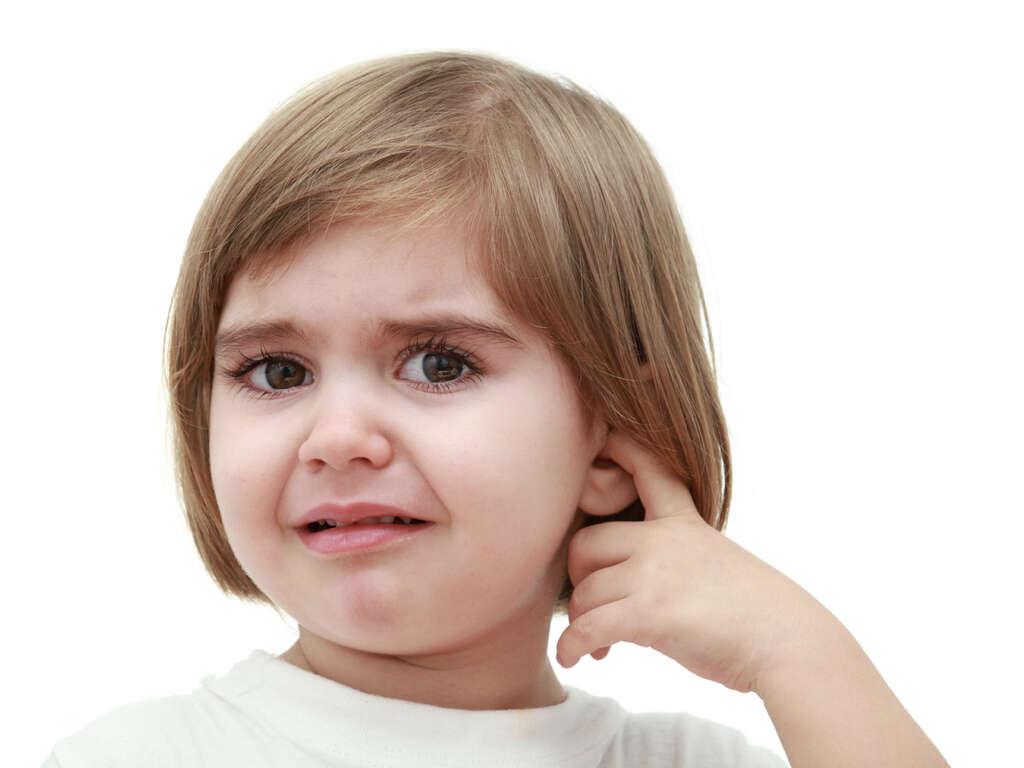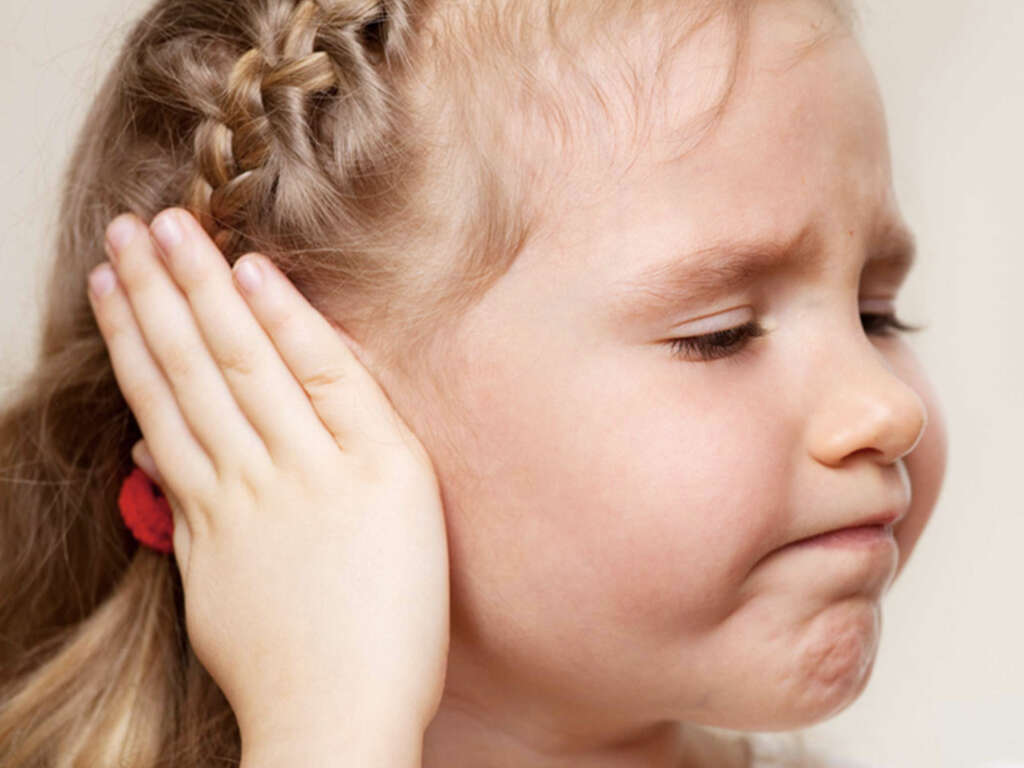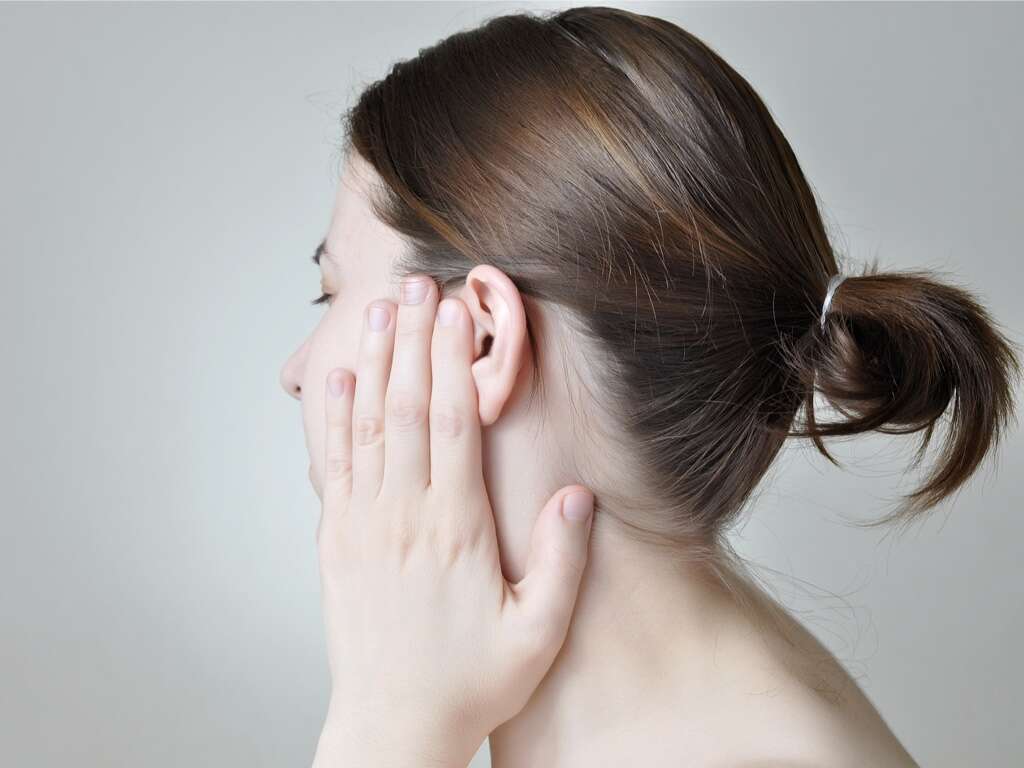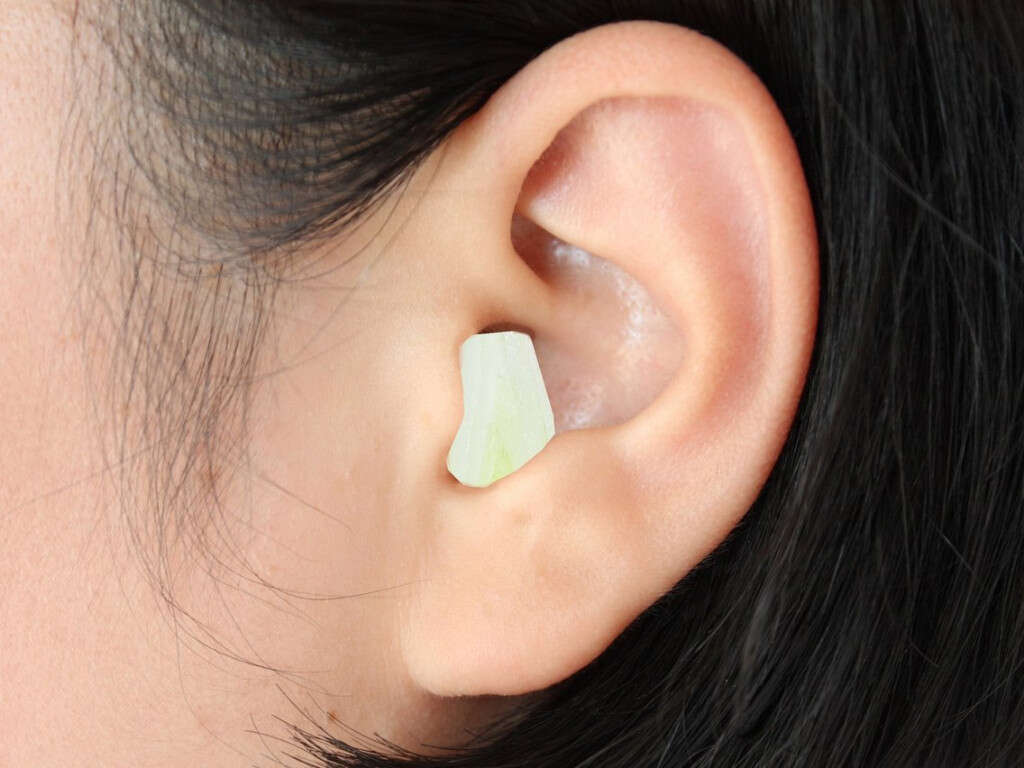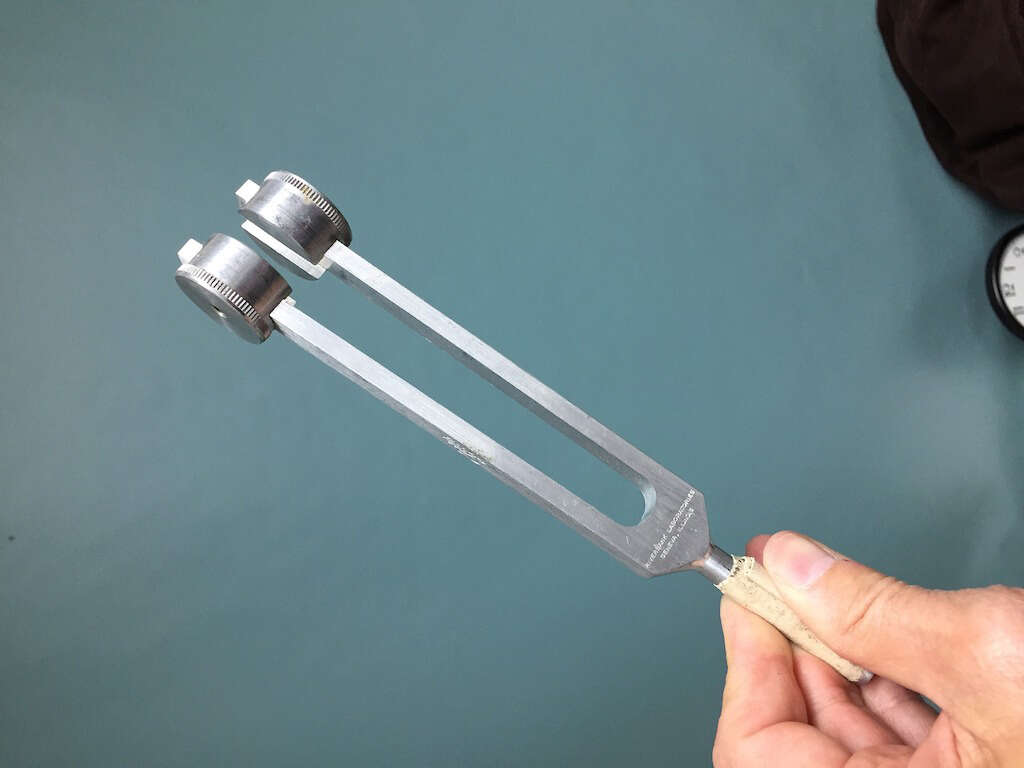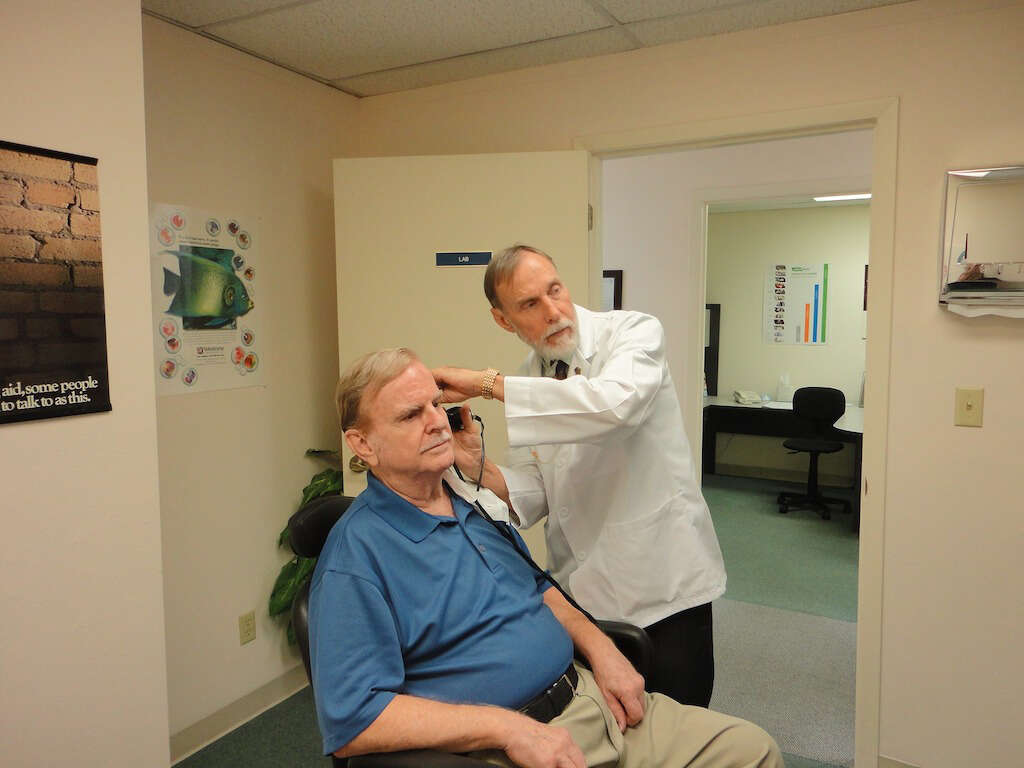How To Unclog Your Ears
 Article Sources
Article Sources
- 1. 'Ear - Blocked At High Altitudes: Medlineplus Medical Encyclopedia.' medlineplus.gov/ency/article/002077.htm.
- 2. 'The Valsalva Manoeuvre and Antonio Valsalva (1666-1723).' E Jellinek. ncbi.nlm.nih.gov/pmc/articles/PMC1557872/.
- 3. 'A Comparative Study on Efficiency Of Middle Ear Pressure Equalization Techniques in Healthy Volunteers.' Hidir B. pubmed.ncbi.nlm.nih.gov/21216116/.
- 4. 'Extent Of Cotton-bud Use in Ears.' Sidhartha Nagala; Pranay Singh; Philippa Tostevin. ncbi.nlm.nih.gov/pmc/articles/PMC3207072/.
Sometimes a person has a good reason to plug their ears, such as blocking out loud noises with earplugs. But other times, ears can feel clogged for no apparent reason. So, how to unclog ears when there are no earplugs to remove?
Anyone can experience clogged ears. Children may be affected when they have a cold, and allergies or excess earwax can cause blockages in adults. Clogged ears can also occur when flying. The condition may not be painful, but it can be annoying and cause discomfort. The cause of clogged ears typically determines the method used to bring a person's hearing back to normal.
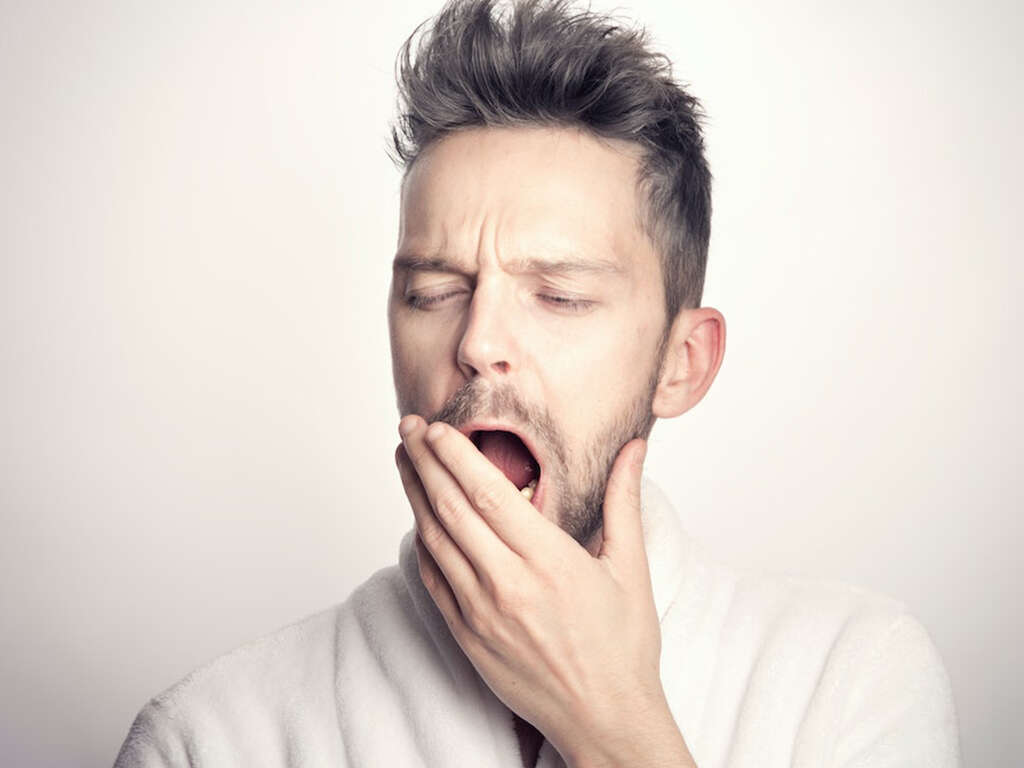
1. Why Ears Become Clogged
The eustachian tube runs from the back of the nose to the middle ear and helps the ears drain fluid. When the pressure outside the body is different from inside the middle ear, the tube needs to open to equalize it.1‘Ear - Blocked At High Altitudes: Medlineplus Medical Encyclopedia.’ medlineplus.gov/ency/article/002077.htm. When the tube is blocked or doesn't open enough, the difference in internal and external pressure can make the ears feel clogged.
Whether an infection, an allergy, earwax or atmospheric pressure is causing the problem, clogged ears can often be cleared with a simple home remedy. There are a few methods worth trying before a person sees a doctor about their clogged ears.

2. Valsalva Maneuver
The Valsalva maneuver is commonly used by scuba divers to equalize the pressure in their ears when they experience changes in atmospheric pressure. It's also a useful technique for unclogging blocked ears when at altitude or on a plane.
Pinch the nostrils together, keep the mouth closed and gently try to blow through the nose. Instantly, there should be a popping sound and sensation in the ears as the eustachian tube opens up and allows air to flow in.2‘The Valsalva Manoeuvre and Antonio Valsalva (1666-1723).’ E Jellinek. ncbi.nlm.nih.gov/pmc/articles/PMC1557872/.

3. Toynbee Maneuver
As the nose and ears are connected, clearing a blocked ear can involve using the nasal passages and sinuses to equalize pressure.
The Toynbee maneuver is another method that research suggests is effective at clearing clogged ears.3‘A Comparative Study on Efficiency Of Middle Ear Pressure Equalization Techniques in Healthy Volunteers.’ Hidir B. pubmed.ncbi.nlm.nih.gov/21216116/. It works in a similar way to the Valsalva maneuver by causing the eustachian tube to open. Close the nostrils using the thumb and index finger, and swallow repeatedly until the ears pop.
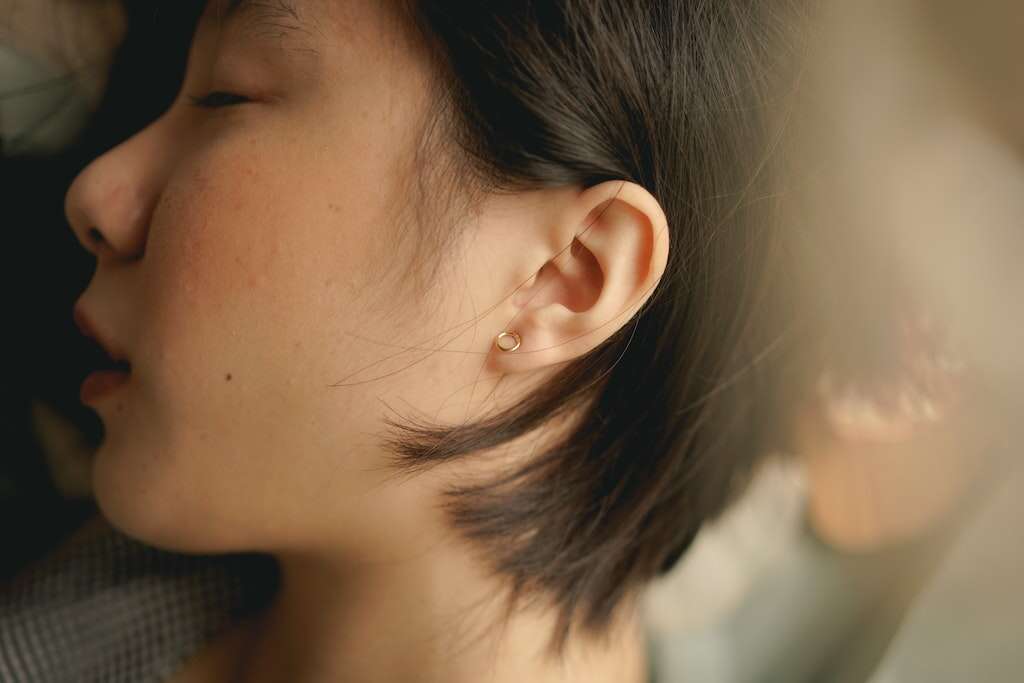
4. Chewing, Swallowing & Yawning
Most of the time, the eustachian tube is closed. However, it opens automatically during certain activities, such as yawning, chewing and swallowing. Each of these activities can be done purposefully to try and open the passage when the ears are clogged.
Yawning isn't always easy to do on cue, so it may be easier to chew a piece of gum to work the jaw muscles or suck on a hard candy to generate saliva and encourage swallowing.
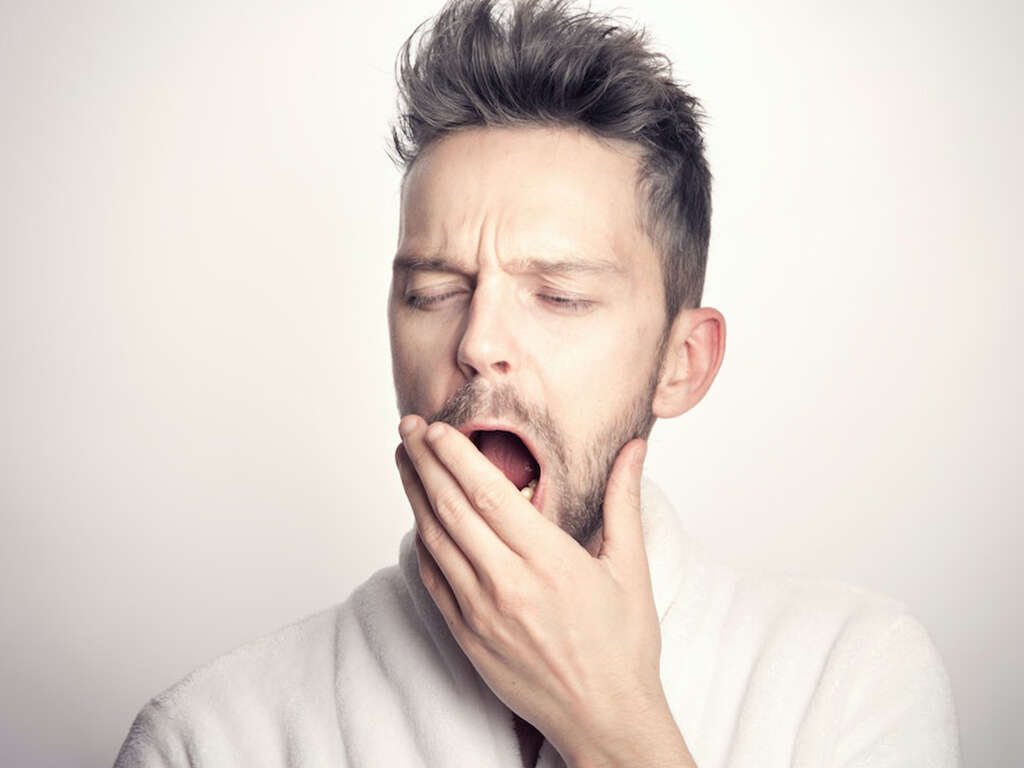
5. Warm Compress
If the ears are clogged due to allergies, an infection, a cold or the flu, a warm compress can be used to help clear the blockage. Pour hot water onto a clean washcloth, wring it out and press it against the skin, just below the affected ear, for approximately 15 minutes.
This can be a soothing way to help reduce congestion, open up the eustachian tube and bring relief for clogged ears.
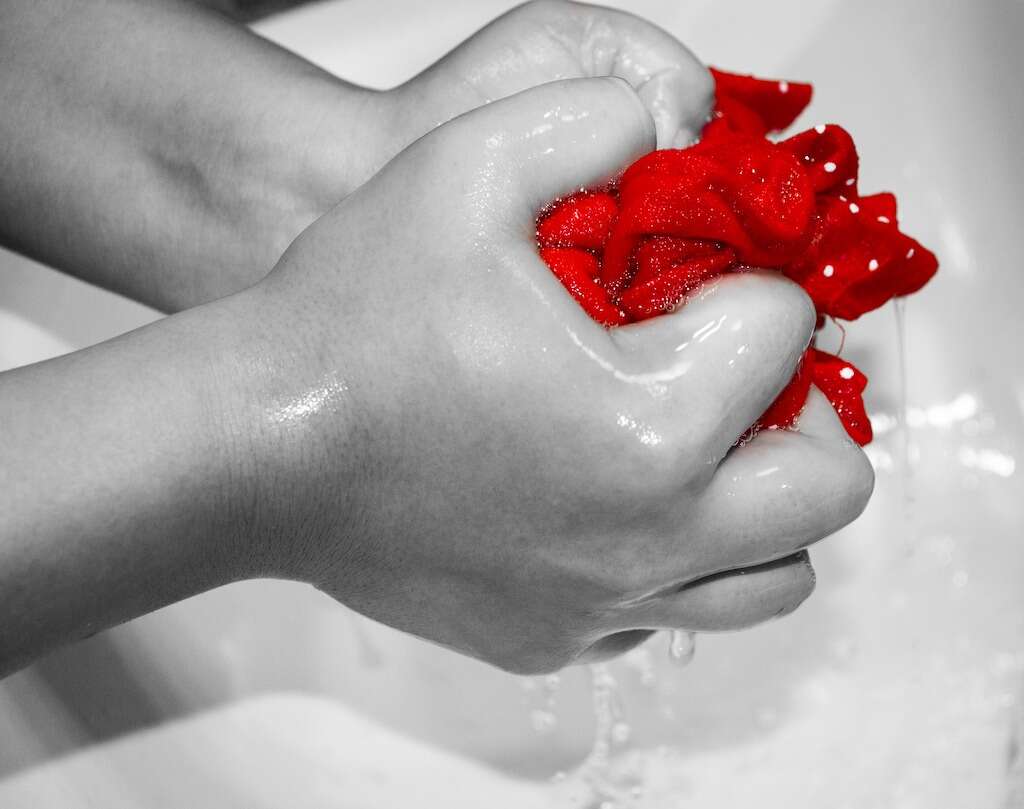
6. Steam
As the sinuses are connected to the ears, clearing them of mucus using steam may be an effective way to unclog the ears when suffering from a cold or an allergy. Boil some water in a bowl or pot. After removing it from the heat, place a towel over the head and carefully lean over the pot. Take deep breaths to inhale the steam and clear the sinuses.
Standing under a hot shower for 10 to 15 minutes should also have a similar effect.

7. Hydrogen Peroxide
Hydrogen peroxide can be used to soften and loosen earwax that's causing clogged ears. Mix three percent hydrogen peroxide with warm water, and then using a dropper, place a couple of drops into the affected ear. Keeping the head at an angle, allows the hydrogen peroxide to do its job.
There may be some fizzing as the wax dissolves. When this stops, gently wipe the ear clean with a cloth. Treat the ears twice a day for two days.

8. Natural Oils
Baby, mineral or olive oil can be dripped into the ear to help soften and clear excess earwax. Place the chosen oil into an eyedropper, making sure it's lukewarm. Tilt the head to one side and place two or three drops of oil into the exposed ear.
Keep the head tilted for 15 seconds before gently wiping the outer ear. Repeat the process two or three times a day for up to five days until the ear returns to normal.

9. Ear Irrigation
After making some headway in clearing the ears of wax, the next step could be ear irrigation which should help flush out any excess earwax. This procedure can be carried out at home using an over-the-counter ear irrigation kit.
It's essential to follow the enclosed instructions carefully. Ear irrigation shouldn't be performed on anyone who may have an active ear infection or who has recently had any form of ear surgery.
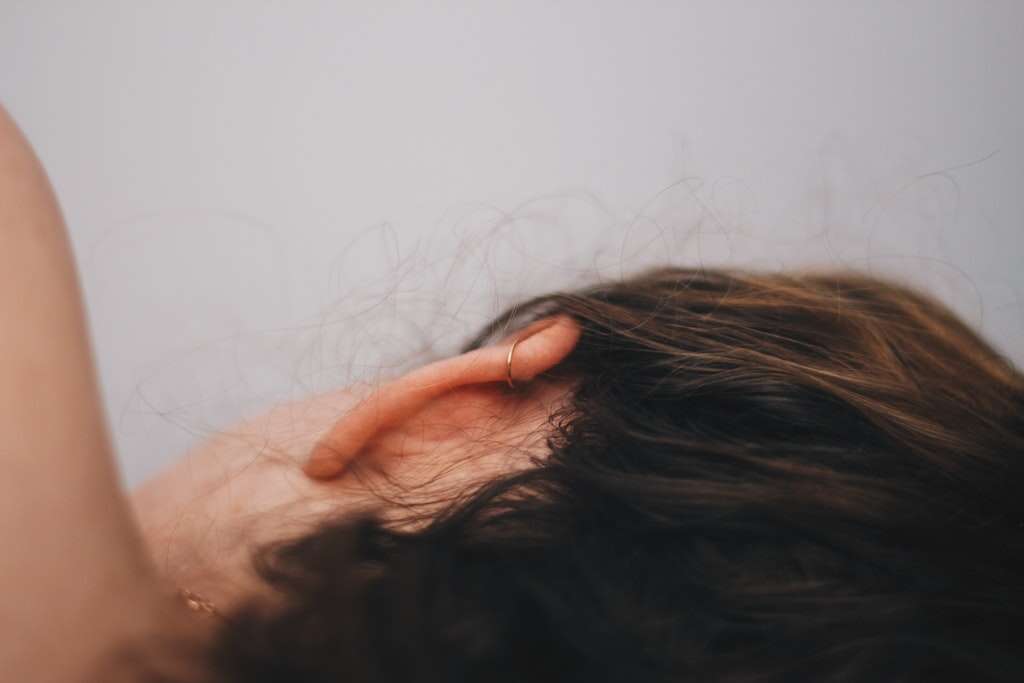
10. Be Gentle
The ears are a delicate part of the body and need to be treated carefully. Whichever technique is used to unclog them, it should always be performed gently. Avoid sticking cotton swabs into the ear, as they could cause damage or push wax further into the ear.4‘Extent Of Cotton-bud Use in Ears.’ Sidhartha Nagala; Pranay Singh; Philippa Tostevin. ncbi.nlm.nih.gov/pmc/articles/PMC3207072/.
Home treatments should help to clear the ears of any blockage. However, if the problem persists, worsens and additional symptoms present themselves, such as hearing loss, swelling, pain or a fever, it's important to seek medical advice.



